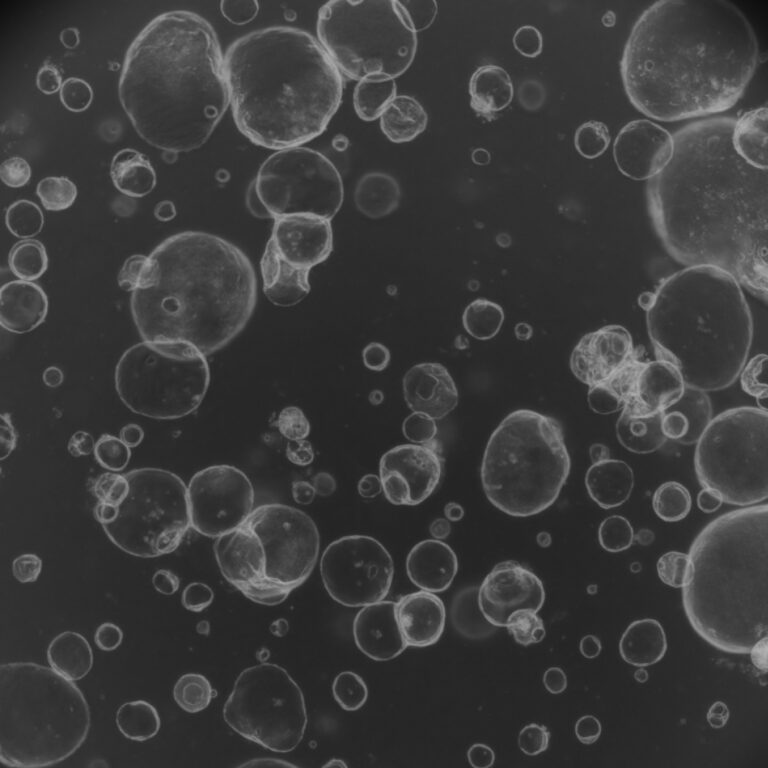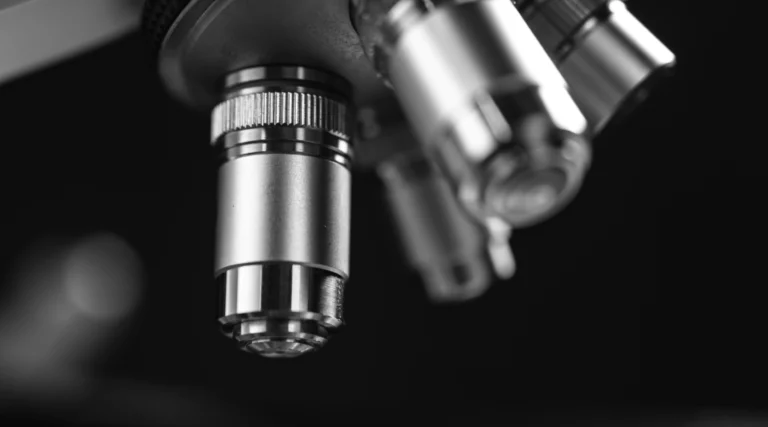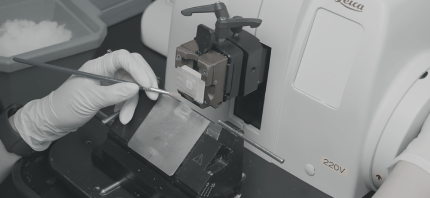Single-neuron representations of odours in the human brain
Journal: Nature
Author: Marcel S. Kehl et al., University of Bonn, Germany
The study reveals how specific neurons in the human brain respond to odors, enhancing our understanding of olfactory processing.Researchers from the University of Bonn and University of Aachen uncovered how individual neurons in the human brain respond to specific odors.
Researchers found that specific neurons in brain areas like the piriform cortex respond to distinct odors, revealing new insights into how the brain processes olfactory information, aiding treatments for smell disorders.
CCN2 Gene Mutations: Discovery of a New Hereditary Skeletal Dysplasia and the Importance of CCN2 in Human Bone Formation
Journal: Nature
Author: Various Authors, China and Australia
Monoallelic mutations in the CCN2 gene have been found to cause hereditary skeletal dysplasia in humans.
Researchers discovered monoallelic mutations in the CCN2 gene in patients with spondyloepimetaphyseal dysplasia (SEMD). These mutations inhibit the secretion of CCN2 protein and weaken bone formation. Similar phenotypes were observed in zebrafish and mouse models. This study demonstrates that CCN2 plays a crucial role in human bone formation and has identified the cause of a new hereditary skeletal dysplasia.
Haploidy-linked cell proliferation defects limit the growth of zebrafish larvae.
Journal: Open Biology
Author: Various Authors, Various institutions in Japan
The cause of ‘haploid syndrome’ in non-mammalian vertebrate haploid larvae has been unveiled, providing crucial clues to explain evolutionary constraints in vertebrates.
Crosstalk between mitochondria–ER contact sites and the apoptotic machinery as a novel health meter
Journal: Trends in Cell Biology
Author: Shih-Peng Chan, Chau-Hong Lee, Taiwan
Mitochondria-ER contact sites act as vital signaling hubs, with BCL-2 proteins and apoptotic machinery playing key roles in cellular homeostasis and disease-related processes.




